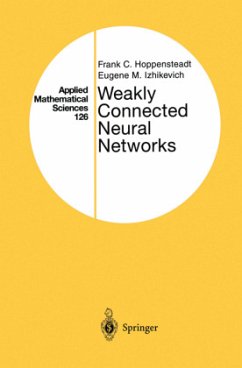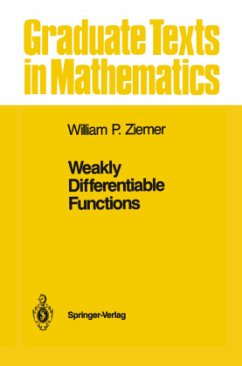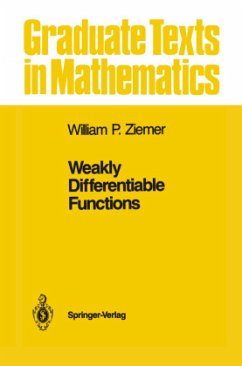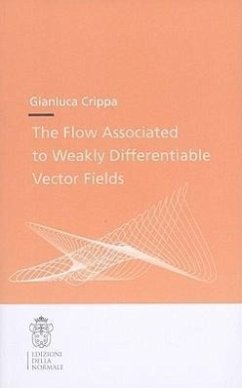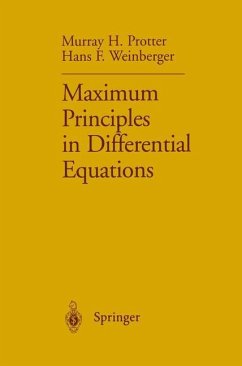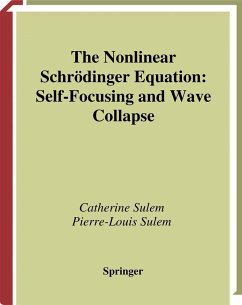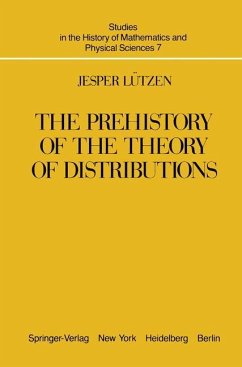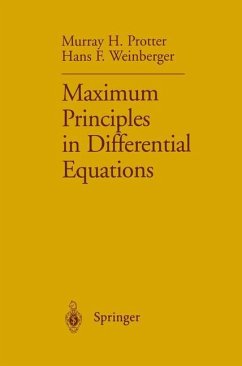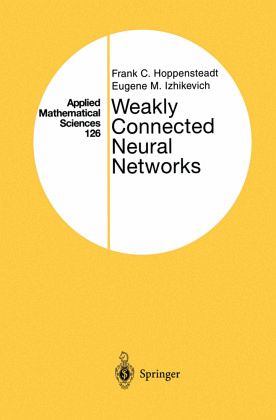
Weakly Connected Neural Networks
Versandkostenfrei!
Versandfertig in über 4 Wochen
148,99 €
inkl. MwSt.
Weitere Ausgaben:

PAYBACK Punkte
74 °P sammeln!
This book is devoted to local and global analysis of weakly connected systems with applications to neurosciences. Using bifurcation theory and canonical models as the major tools of analysis, it presents systematic and well motivated development of both weakly connected system theory and mathematical neuroscience. Bifurcations in neuron and brain dynamics, synaptic organizations of the brain, and the nature of neural codes are among the many important issues addressed. The authors offer the reader classical results as well as some of the most recent developments in the field. The book will be useful to researchers and graduate students in various branches of mathematical neuroscience.
This book is devoted to an analysis of general weakly connected neural networks (WCNNs) that can be written in the form (0.1) m Here, each Xi E IR is a vector that summarizes all physiological attributes of the ith neuron, n is the number of neurons, Ii describes the dynam ics of the ith neuron, and gi describes the interactions between neurons. The small parameter EUR indicates the strength of connections between the neurons. Weakly connected systems have attracted much attention since the sec ond half of seventeenth century, when Christian Huygens noticed that a pair of pendulum clocks synchronize when they are attached to a light weight beam instead of a wall. The pair of clocks is among the first weakly connected systems to have been studied. Systems of the form (0.1) arise in formal perturbation theories developed by Poincare, Liapunov and Malkin, and in averaging theories developed by Bogoliubov and Mitropolsky.





